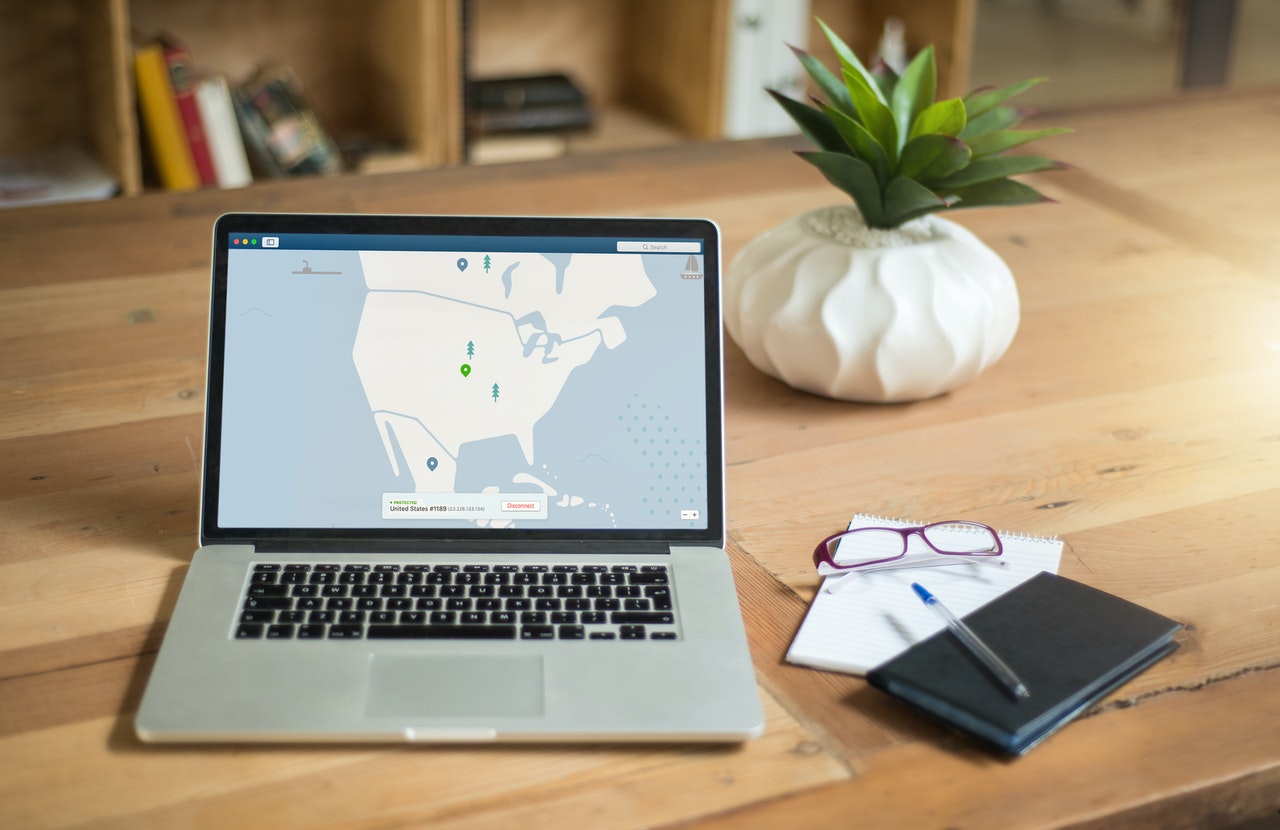
Telehealth services offer a wide range of benefits to healthcare providers and patients alike. These benefits have never been more significant or obvious than in the wake of the COVID-19 pandemic.
The pandemic surely made mankind understand the value of telehealth. For the uninitiated, telehealth enables patients to access medical care remotely, helping to reduce exposure to potential sources of infection. It also enables medical professionals to provide necessary treatments and services in a cost-effective manner. Needless to say, telehealth has helped bridge the gap in access to healthcare for many people around the world. Additionally, it has also reduced wait times and improved continuity of care.
However, as the accompanying resource points out, with all of these benefits come some risks, largely revolving around privacy. When healthcare administrators think about privacy, their attention often turns to software systems and procedures used in the transmission and collection of personal data. Privacy also concerns emergency calls and after-hour assistance provided by medical facilities to patients. In most cases, hospitals and clinics may adopt a third-party physician after hours answering service to provide quality facilities and to ensure data privacy.
Additionally, relatively simple changes – such as having automatic log-off for video conferencing – could help a great deal in preventing other members of the staff or unauthorized personnel and third parties from accidentally or purposefully gaining access. Along similar lines, using encrypted logins and two-step login authentication can substantially reduce the risk of unauthorized access.
Another broad area of concern is unauthorized access in the form of cyber theft. Hackers work tirelessly to find new ways of accessing healthcare data storage and transmission systems, something most patients are aware of because breaches are so widely reported. Due to the hacking concerns, it is essential for medical centers to be prepared and use secure software not only for telehealth but also for other processes in their facilities.
By investing in sophisticated and secure software (such as software for practice management and medical practice marketing) healthcare organizations can protect patient data. In addition, the software can alert the medical center when suspicious activity is detected or if there are attempts to access the system without authorization.
Due to the high volume of digitally transferred data that comes with the mass use of telehealth, providers cannot risk using either unsafe or malicious software on a regular basis. For more information about privacy and telehealth, please continue reading the resource.
